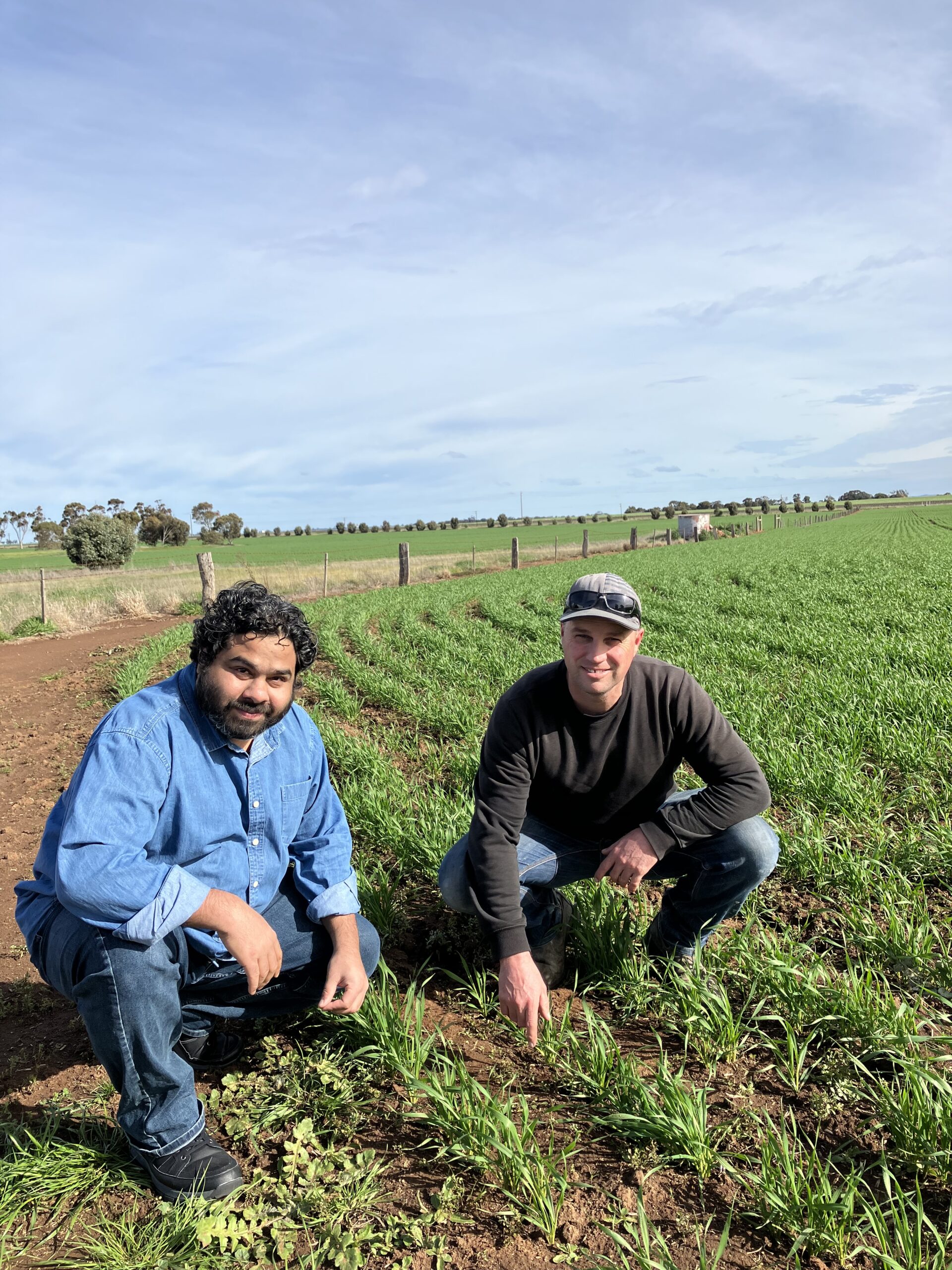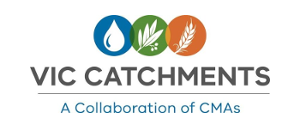Machine learning for soil monitoring
Location
Wimmera
Outputs
- 1 partnership – Fed Uni
- 1 assessment – agronomic
- 1 information management system
Investment
Soils CRC is a ten-year program $59 million cash contribution and $108 million in-kind contribution. Our Catchment our Community has contributed resources to support 2 PhD students over a 5 year period
Partners
Soils CRC, Federation University, farmers
Regional strategies
Regional catchment strategy, Regional climate adaptation plan, Wimmera Carbon Ready Plan, Wimmera Waterway Strategy
A joint project between Wimmera CMA and Federation University as part of the Soils Cooperative Research Centre (Soils CRC) is using an Artificial Neural Network (ANN) to determine levels of soil organic carbon for cereal farmers and land managers wanting to understand carbon sequestration potential and management.
Agriculture participates in the low carbon economy as both an emitter and sequester of carbon dioxide. As market and social licence to operate expectations continue to increase for climate change action it is becoming increasingly important for farmers to be able to measure soil organic carbon levels. Traditionally measuring has been an expensive and impractical task for farmers as laboratory analysis is required.
However by using free images from NASA’s Landsat, the European Space Agency Sentinel satellite and machine learning it is possible to estimate where farmers can prioritise carbon sequestration.
A unique feature of the project will be the adoption of two separate computational models – a physics-based model and a machine-learning model.
The physics-based method, more commonly known as a process-based method, typically involves estimating carbon content from an image using soil science expertise and formulating an equation. Different variables from the images and other sources are put into the equation – resulting in a calculation.
The Machine learning learns by examples, you are giving it photos and telling it what the carbon content is for particular images, and the model tries to learn the equation. The more examples you give it, the more accurate it will be.
PhD candidate Mr Rahman: “these two methods have been totally different disciplines but in my research, I’ll be using a machine learning model that will take inspiration from a physics-based model. This has been done successfully in other aspects of agriculture, like estimating soil moisture, but not for carbon.”

PhD candidate Arif Rahman, undertakes crop survey with local farmer. Image Wimmera CMA.









